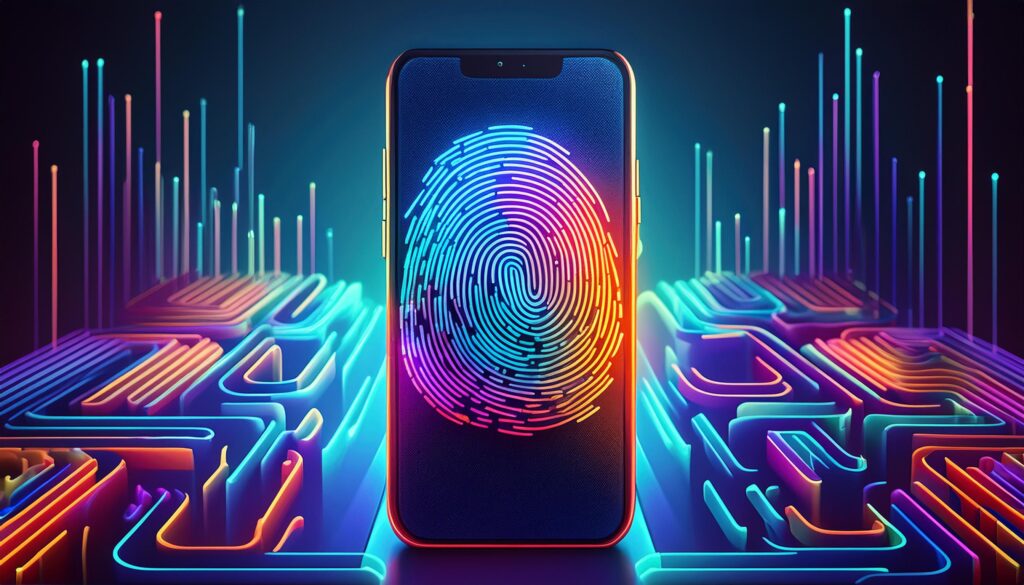
In the world of smartphones, sensors play a pivotal role in enhancing functionality and improving the overall user experience. These technological marvels are embedded within our devices, enabling them to perceive and interact with the environment in various ways. Let’s delve into the diverse types of sensors found in modern smartphones and their practical applications.
Types of Phone Sensors
**1. *Accelerometer:*
An accelerometer measures the acceleration of the device along different axes. This sensor is crucial for screen orientation changes when you rotate your phone and for detecting motion gestures, such as shaking the device to undo an action or play games that require tilting.
**2. *Gyroscope:*
A gyroscope works in tandem with the accelerometer to provide more precise motion sensing capabilities. It measures the device’s orientation and angular velocity, which is essential for gaming, augmented reality (AR) apps, and stabilizing photos and videos.
**3. *Magnetometer (Compass):*
A magnetometer, often referred to as a compass sensor, detects the Earth’s magnetic field. It helps users navigate using GPS applications and maps, ensuring accurate directional orientation on their smartphones.
**4. *Proximity Sensor:*
The proximity sensor detects when the phone is held close to the face during a call and turns off the display to prevent accidental touches. It also aids in adjusting screen brightness based on ambient light conditions, thereby conserving battery life.
**5. *Ambient Light Sensor:*
This sensor adjusts the screen brightness automatically based on the surrounding light conditions. It enhances readability in different environments and reduces eye strain by optimizing screen brightness without manual intervention.
**6. *Barometer:*
A barometer measures air pressure, aiding in weather forecasting and altitude tracking. Some smartphones utilize this sensor for fitness apps, such as counting floors climbed during workouts.
**7. *Fingerprint Sensor:*
Fingerprint sensors provide biometric security by scanning fingerprints to unlock the phone or authenticate transactions. They offer a convenient and secure way to protect sensitive data and apps on your device.
Practical Applications
Enhanced Gaming Experience:
Accelerometers and gyroscopes enable immersive gaming experiences by allowing users to control gameplay through motion gestures and tilting actions.
Augmented Reality (AR):
AR apps rely on a combination of sensors, including accelerometers, gyroscopes, and cameras, to overlay digital information onto the real-world environment, enhancing user interaction and experience.
Improved Navigation:
Magnetometers and GPS sensors work together to provide accurate navigation and location-based services, ensuring users can find directions and explore new places with ease.
Health and Fitness Tracking:
Sensors like accelerometers and barometers track physical activities such as steps taken, calories burned, and elevation changes, providing valuable data for health and fitness apps.
Conclusion
Phone sensors are integral to the seamless operation and versatility of modern smartphones, enabling a wide range of functionalities from screen orientation changes to advanced augmented reality experiences. As technology continues to evolve, sensors will play an increasingly significant role in shaping how we interact with our devices and the world around us. Understanding the capabilities and applications of these sensors empowers users to make informed choices when selecting a smartphone that meets their specific needs. For more insights on smartphone technology, continue exploring our articles and updates.